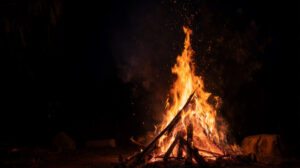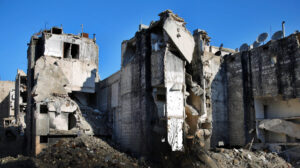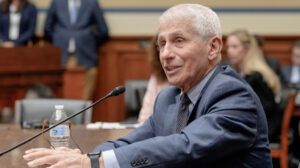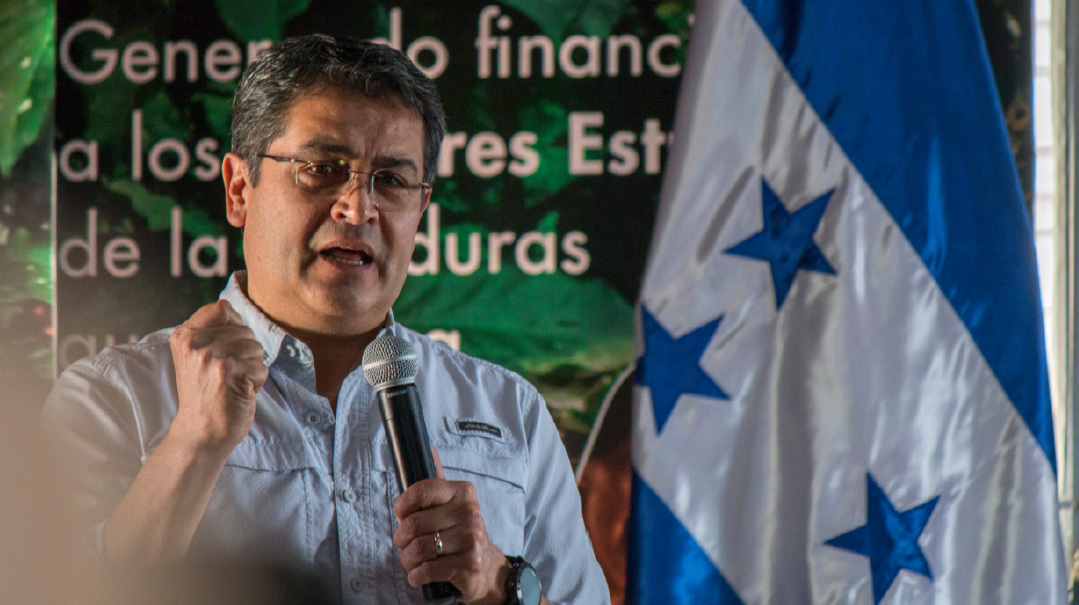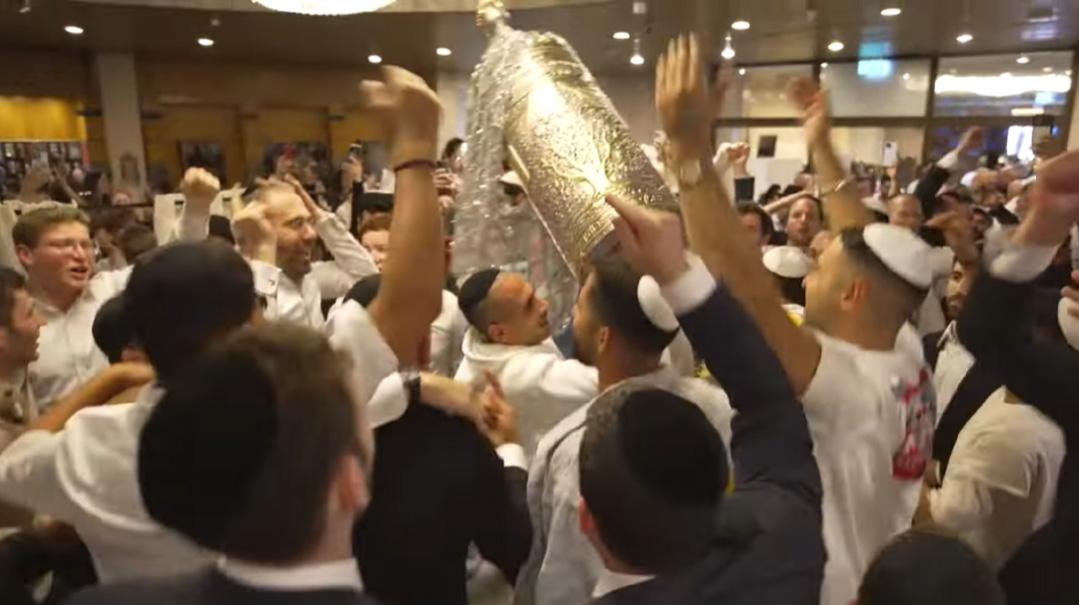Hope, and Hope Some More

I’ve just returned from my first trip to Poland and to the death camps of Majdanek and Auschwitz-Birkenau. I do not want to write yet of my reactions — at least not at length.
The enormity of the absolute evil of the Nazis, yemach shemam, falls into the category of things about which Hashem told Moshe Rabbeinu — when the latter sought to understand why Rabi Akiva suffered such a painful and horrible death — “Shtok! Kach alah b’machshavah l’fanai — Silence! Such is what arose in My thought” (Menachos 29b).
Rav Moshe Shapira ztz”l once pointed out while visiting Krakow that the great rabbis who witnessed the Churban did not speak of it. They followed the advice of Rabban Shimon ben Gamliel: “I found nothing better for a person [literally, the body] than silence” (Pirkei Avos 1:17). Silence reduces the body’s barrier to the soul, and is the prerequisite for any deep understanding.
But of the power of the experience one can speak. Not everyone, of course, is affected, and no two Jews will be affected in precisely the same way. But in recent years, the sluice gates of emotion unleashed by trips to the camps where Jews were slaughtered with industrial efficiency have proven to have a lasting impact on many different types of Jews. For years, JRoots, an organization affiliated with Aish-UK, has been bringing over 1,000 British Jewish youth to Poland a year. Those trips have proved crucial to arousing a powerful identification with the Jewish People and a commitment to our continuity.
And a friend of mine recently described the impact of such trips on disaffected chareidi youth as overwhelming. One such young woman told me that the death camps helped her put her own struggles in perspective, and thereby minimize them.
WHILE IT IS PREMATURE to write of what I took away from the trip and the ways in which I was changed, one can at least identify some crucial determinants to the power of the experience. The first is preparation (as with almost anything meaningful in life). Rebbetzin Esther Farbstein’s two-volume Hidden in Thunder, which addresses, inter alia, the wrenching halachic dilemmas posed by the Holocaust, has long served as my Tishah B’Av reading. In specific preparation for this trip, I focused on memoirs of Gutta Sternbuch (Gutta), Frieda Bassman (Miracles), and Pearl Benisch (To Vanquish the Dragon), as well as Hanoch Teller’s Heroic Children. Memoirs and individual stories provide immediacy, and protect against the sheer magnitude of the Nazi evil turning the Holocaust into an abstraction.
The nature of the group with whom one travels also has a major effect. The Nesivos Tours trip included a very high percentage of children of survivors. And for Shabbos in Krakow and the following day at Auschwitz-Birkenau, we were joined by 30 members of congregation Shoavei Mayim of Toronto and their rav, Rav Yoir Adler. Almost the entire Toronto group were descendants of survivors: At least two brought their grandparents’ memoirs with them.
At the place where Josef Mengele, yemach shemo, and his notorious cohorts engaged in their infamous selection process, an older member of the Toronto group related how his shver would constantly repeat for the rest of his life after Auschwitz, “Why didn’t he say 16?” with respect to his oldest son. His son was big for his age and could easily have passed for 16, but answered honestly that he was 15 when Mengele asked him.
Another young man told me that he is named for a great-uncle, who promised his dying brother in the Krakow ghetto that he would look after the brother’s son. At Auschwitz, when the son was signaled to the left, his uncle joined him in fulfillment of his promise.
Rabbi Adler is a passionate, inspiring talmid chacham of great depth. On the grounds of Birkenau, he cited the famous Shemini Atzeres derashah of the Piaseczner Rav, Rav Kalonymus Kalman Shapira Hy”d, delivered in the Warsaw Ghetto. In our time, the Piaseczner said, HaKadosh Baruch Hu combines the kavanos of one Jew or group of Jews with maasim of others to the merit of both. Yitzchak Avinu was eager to be sacrificed at the Akeidah, and thus his “ashes” are ever before Hashem. And the actual ashes of Yitzchak Avinu’s descendants burned in the crematoria are the fulfillment of Yitzchak Avinu’s intent to be a korban (though, chas v’shalom, not in the way he intended). Similarly, Rav Adler suggested, if we are transformed in some way by the remembrance of what took place in these places, we give new meaning to the sacrifice of those who died there.
The third — and perhaps most crucial — factor in one’s experience is the quality of the guide. Without our guide, Rabbi Ilan Segal, I feel that I would have lost 90 percent of the impact of the trip. This was his 25th trip to Poland, and his encyclopedic knowledge allowed him to bring out the precise educational messages of each place we visited — the camps, the ghettos of Warsaw and Krakow, and the kivrei tzaddikim.
Both the inhuman cruelty of the Nazis and the remarkable examples of spiritual heroism of Jews under the most extreme circumstances came to the fore. From the perspective of evil, every SS guard in the camps and the participants in the Einsatzgruppen killing squads were there only by virtue of their free choice. And on the side of spiritual heroism, one of those operating the gas chambers was once asked how he knew that no one was still alive. He replied, “When we no longer heard Jews screaming Shema Yisrael.”
AT ONE POINT, RABBI SEGAL related a story he heard from Rabbi Sinai Adler, a survivor of Auschwitz. At the early morning appel (roll call) one morning, a fellow prisoner asked Rabbi Adler, “Why does Dovid Hamelech repeat the words [Tehillim 27:14], ‘Kavei el Hashem — Hope to Hashem’?” Even the question was highly unusual. The appel could last as long as four hours, during which time prisoners were expected to stand at attention, in thin garments, under the watchful eyes of SS guards, ever eager for a pretext to shoot. Prisoners did not speak to one another.
The questioner answered his own question: When you have no more reason to hope, when you just want it to be over soon, then strengthen yourself, and once again “hope to Hashem.”
After hearing that story, one of the young men from Toronto told me, “I can’t even imagine that level of emunah.” He was not alone in wondering how he would have stood up to the test of Auschwitz. At one level, the question forces itself upon us. But at another, we cannot possibly know the answer.
Outside the Plaszów labor camp, adjacent to Krakow, Rabbi Segal related a story told by Rabbi Yisroel Spitzer at his son’s recent sheva brachos. During the Holocaust, Rabbi Spitzer was assigned to drive a small train transporting cement. At one point the engine derailed, and he stood there helplessly, not knowing what to do.
The Nazi overseer told him to push the engine back onto the tracks. When Rabbi Spitzer stared at him in disbelief, the Nazi told him, “Are you a Jew? If you are a Jew, you can.” And what did he do? He somehow lifted the train back onto the tracks.
A wealthy donor once told the Klausenberger Rebbe ztz”l when the latter was collecting to build Laniado Hospital in Netanya, “I’ll do what I can.” The Klausenberger Rebbe told him that he should consider carefully the implication of what he was saying. “Had someone asked me before the war whether I could walk ten kilometers, I would have been shocked by the suggestion. Before the war, I had to walk no further than from my home to the beis medrash next door. But I found out that I could walk ten kilometers. Not only walk, but run. And not only ten kilometers, but far more.
“Before the war, I did not even carry my tallis bag to shul. My shamash did. But I found out in the camps that I could carry 30 kilo boulders all day long.”
None of us know what our true capacities are — be they spiritual or physical. But we should know that they are far, far greater than we think.
Originally featured in Mishpacha, Issue 738. Yonoson Rosenblum may be contacted directly at rosenblum@mishpacha.com
Oops! We could not locate your form.

